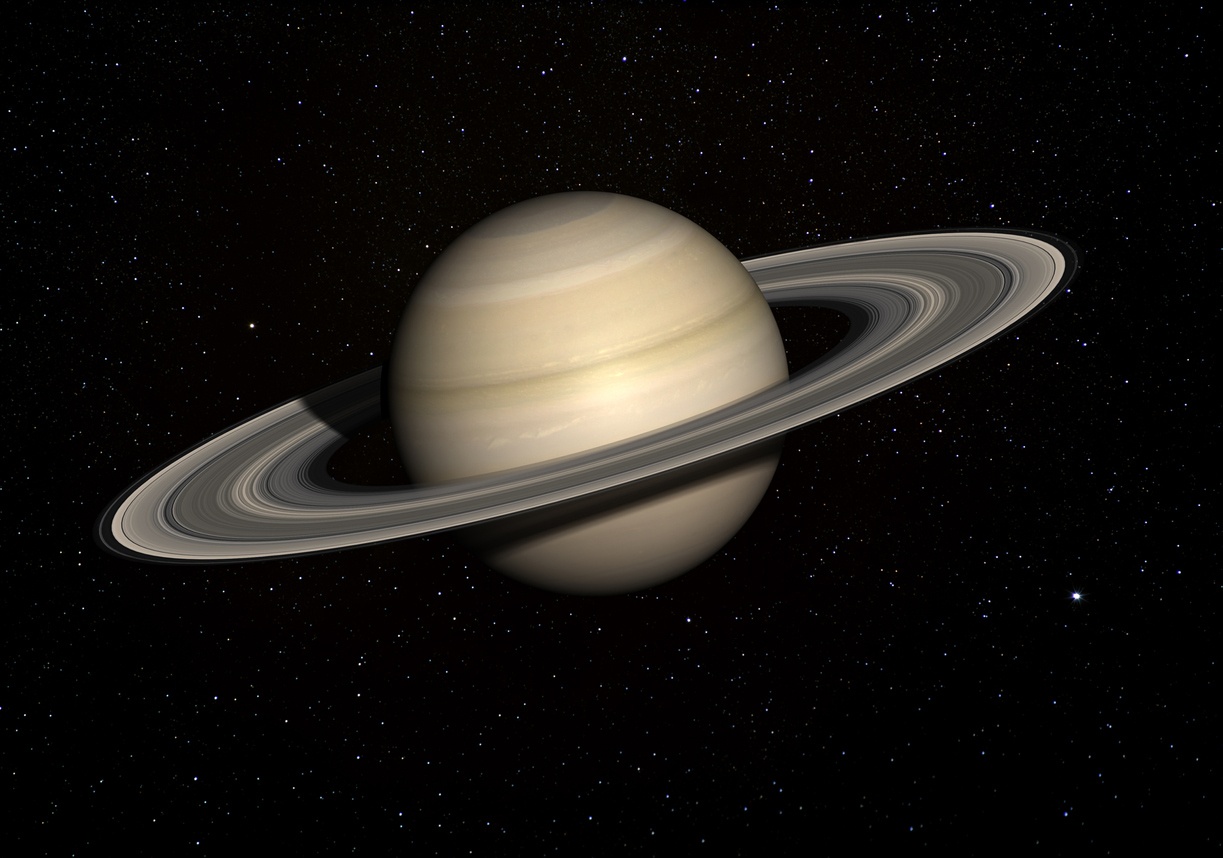
Saturn’s rings date to 400 million years ago
Saturn’s rings are among the most spectacular formations in the solar system. They are composed of millions of ice fragments orbiting the giant planet. However, their origin and age are a mystery that has intrigued scientists for centuries. A recent study has provided new evidence about when these rings were formed and how long they will last.
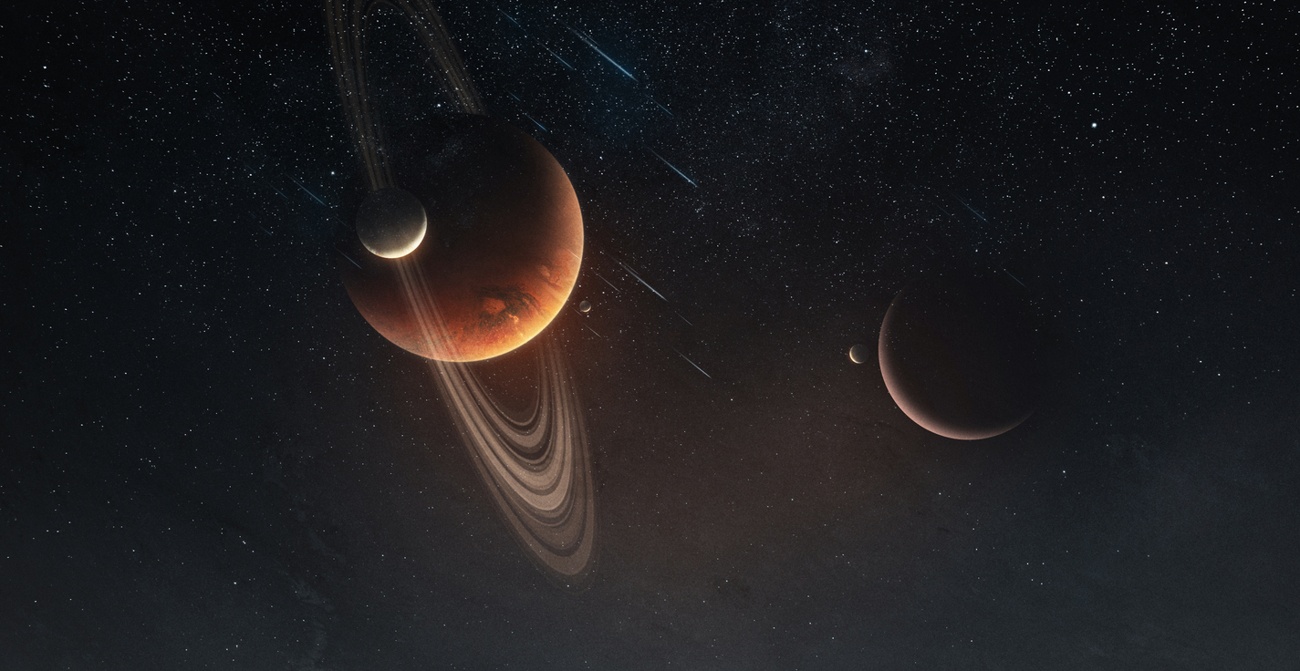
When were these pieces formed and why are they still there?
The study, published in the journal Science Advances, was led by physicist Sascha Kempf of the University of Colorado at Boulder. According to Kempf, this work has resolved a question that began with James Clerk Maxwell, the Scottish scientist who in the 19th century deduced that Saturn’s rings could not be solid, but were made up of many individual pieces. The question was: when were these pieces formed and why are they still there?
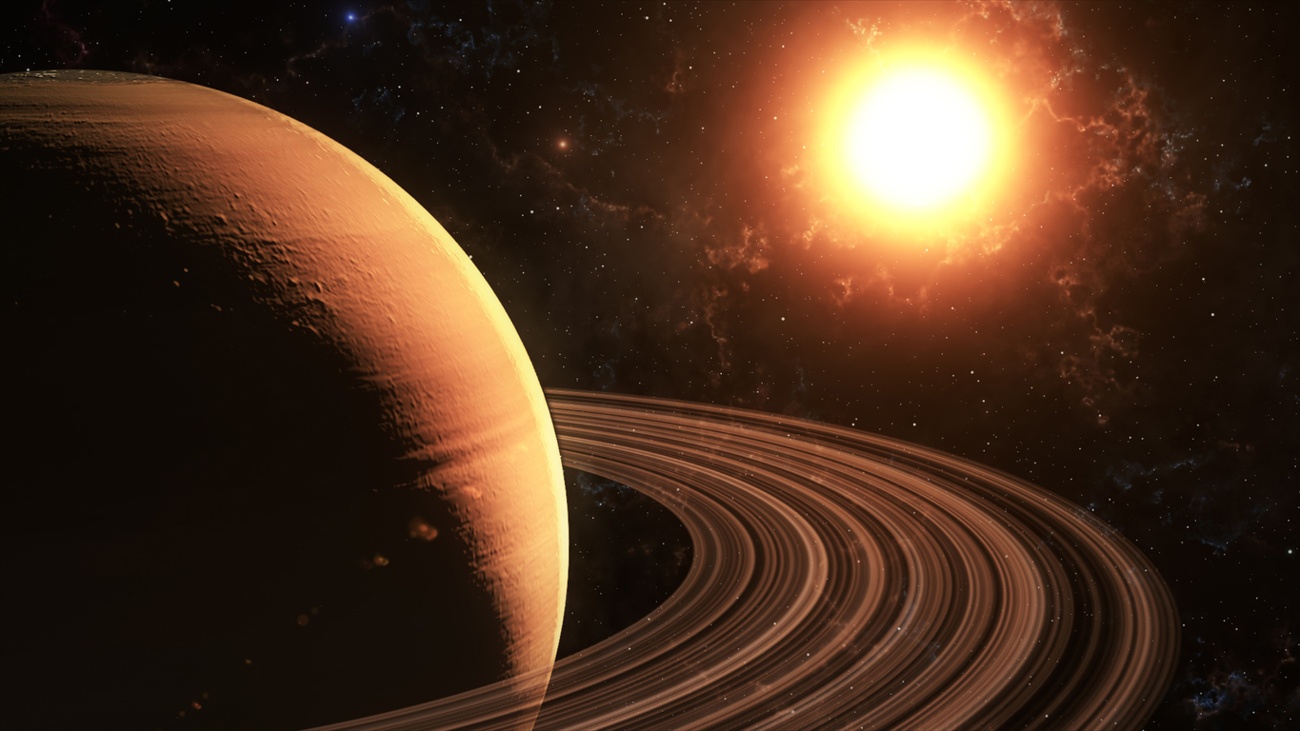
Dust analysis
To answer this question, Kempf’s team relied on dust analysis. Dust is a very fine rocky material that travels through space and settles on celestial bodies, including the ice in Saturn’s rings. Kempf compares the rings to the carpet of a house: if it is clean, just wait for the dust to accumulate on it. The same is true for the rings: the more dust they have, the older they are.
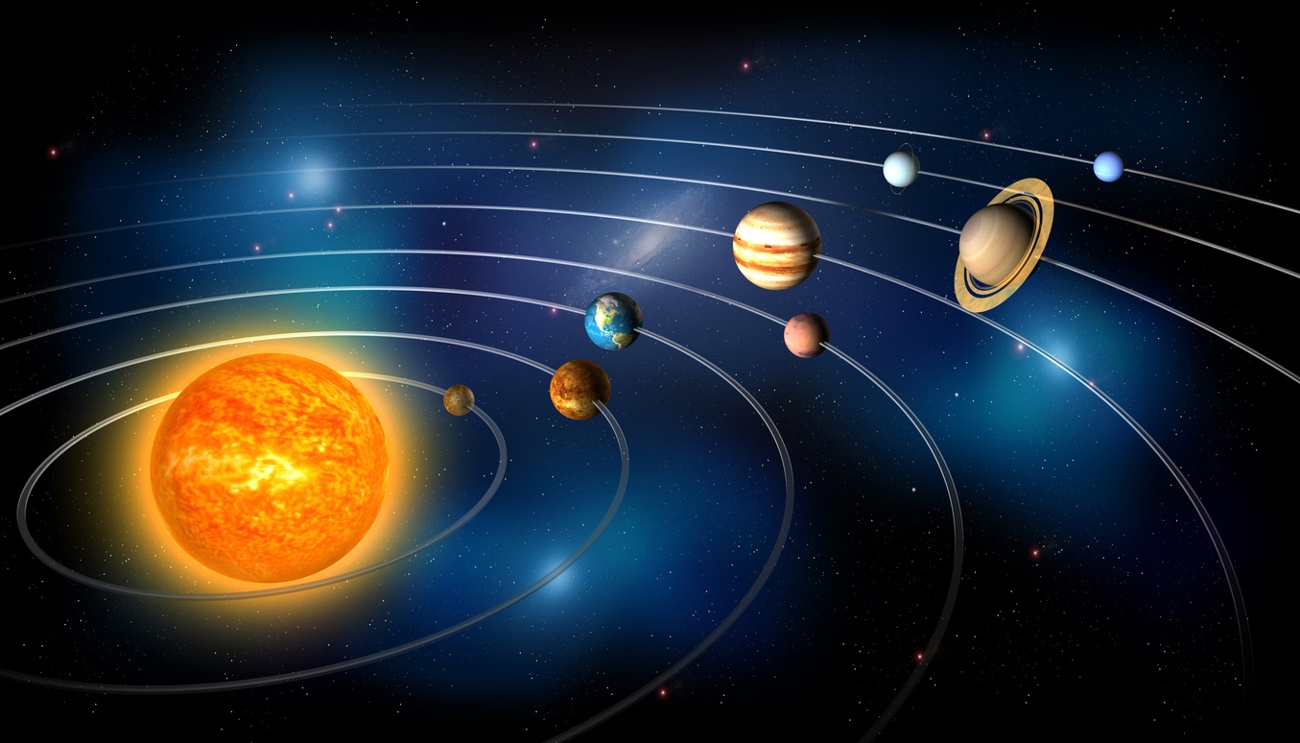
NASA’s Cassini spacecraft cosmic dust analyzer
To measure the amount of dust in the rings, the team used an instrument called the Cosmic Dust Analyzer on NASA’s Cassini spacecraft. Cassini orbited Saturn from 2004 until 2017, when it crashed into its atmosphere. During those 13 years, the instrument collected only 163 dust grains that came from outside the Saturnian system. That low number indicates that the rings are very young.
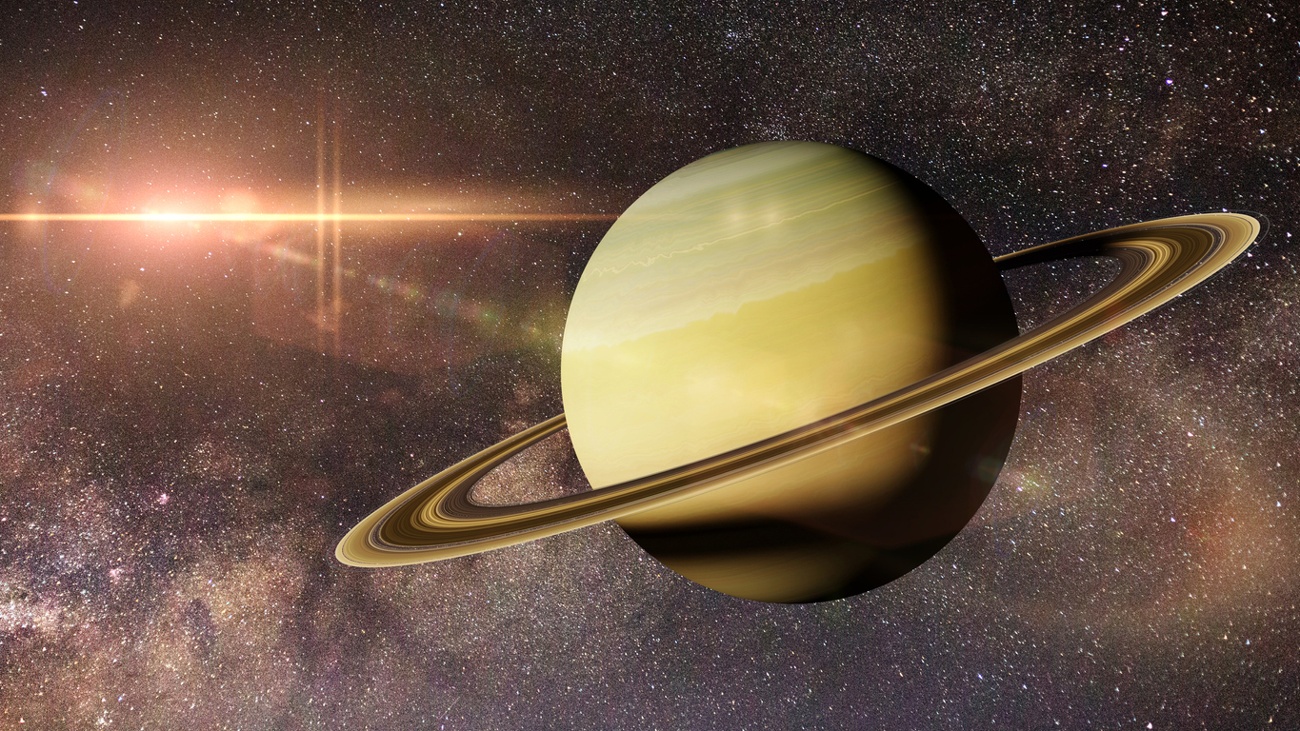
They were formed before the planet
According to the team’s calculations, Saturn’s rings formed about 400 million years ago, long after the planet itself, which is about 4.5 billion years old. This means that they are new and ephemeral phenomena in cosmic terms, arising and disappearing in the blink of an eye. «We now know roughly how old the rings are, but that doesn’t solve any of our other problems because we still don’t know how these rings formed,» Kempf acknowledges.
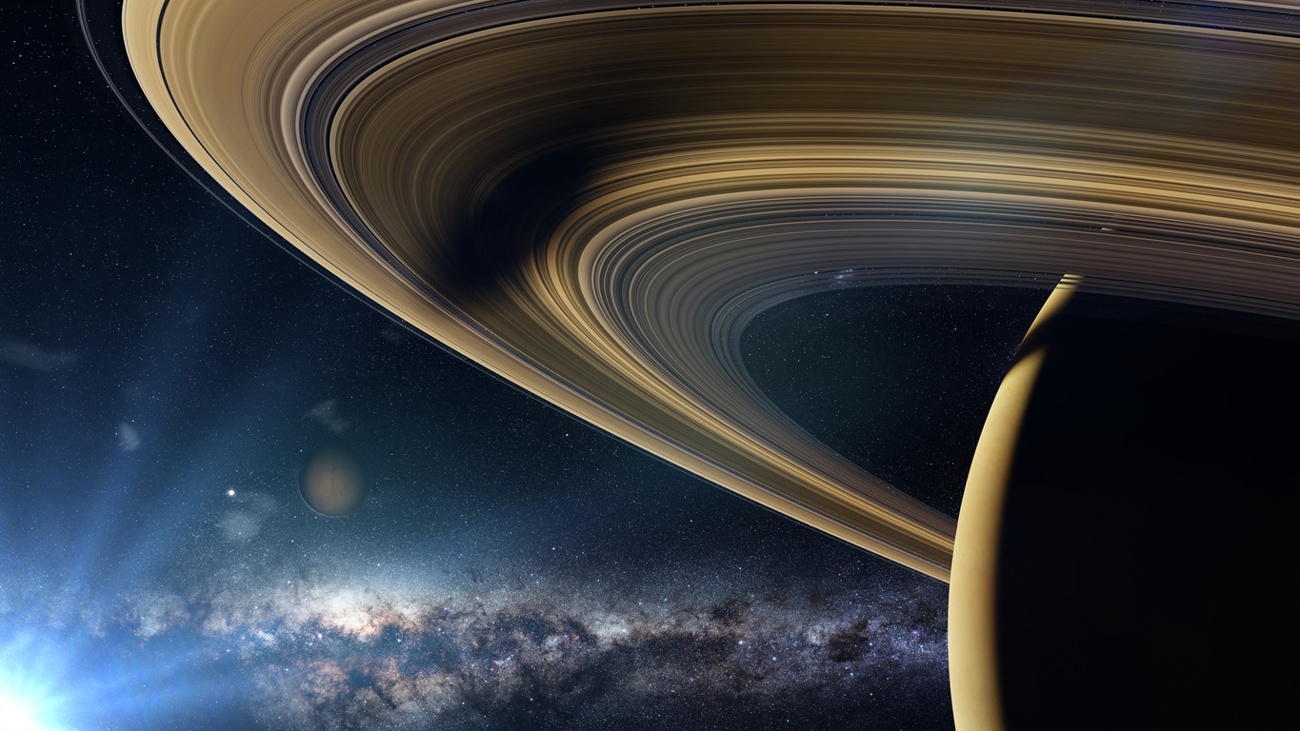
400 years fascinated by Saturn’s rings
Astronomers have been fascinated by Saturn’s rings for more than 400 years. The first to observe them was Galileo Galilei in 1610, but he was unable to identify them. Today it is known that Saturn has seven main rings, called A, B, C, D, E, F and G. The largest is E, which extends almost 281,600 kilometers from the planet’s surface. The rings are made up of 98% water ice and 2% rocky matter.
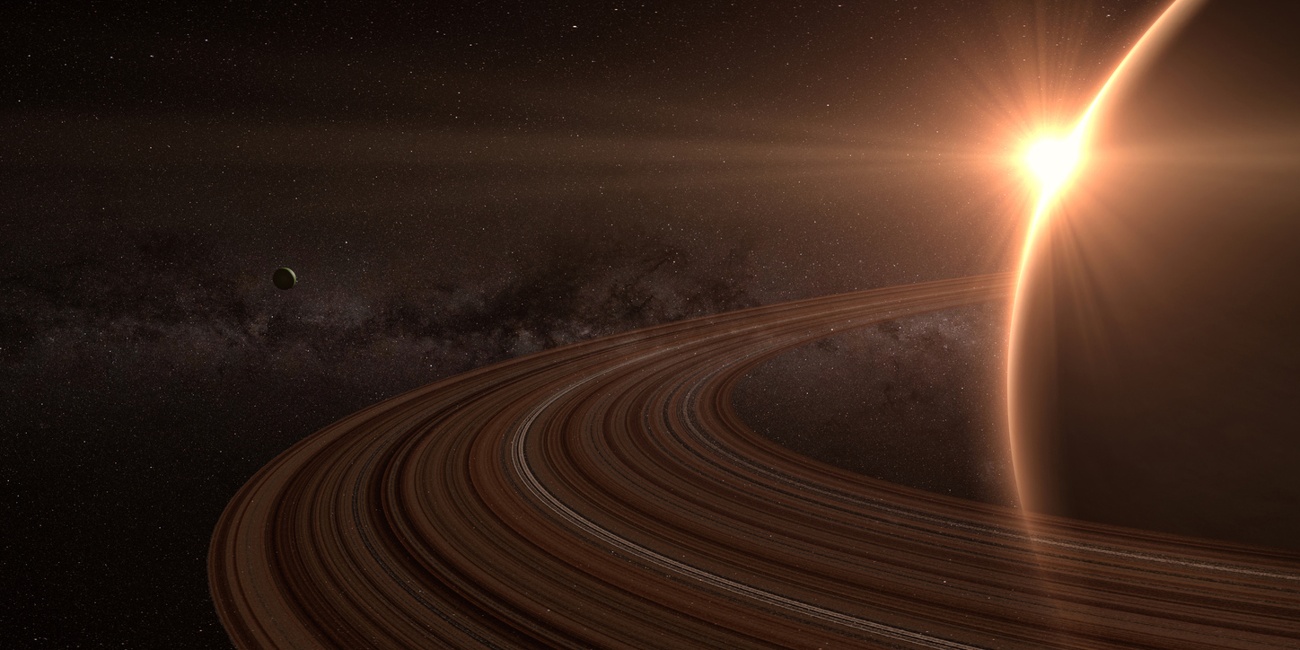
Undergoing constant change
Saturn’s rings are also very dynamic and are subject to constant changes. On the one hand, they receive the impact of meteorites and other particles that alter or dirty them. On the other hand, they lose material due to the planet’s gravity, which pulls ice into its atmosphere. In a previous study, NASA scientists estimated that the ice is slowly falling off the planet and estimated that it could disappear in about 100 million years.






